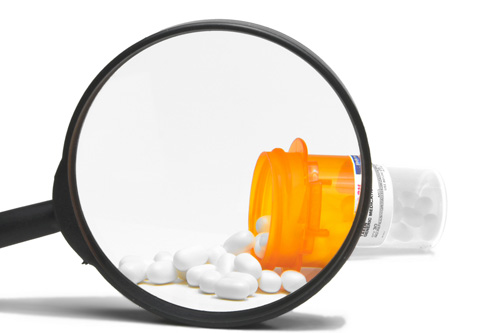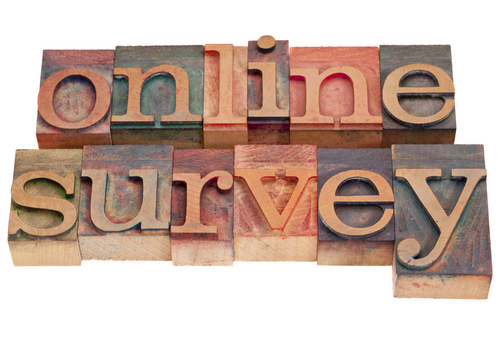There are just a couple of other items I want to share from CES. I did get a chance to play with the Fleksy keypad from Syntellia. As many know, this is an app for Android and iOS that allows text input using a touchscreen keyboard using the relative position of your finger touches to mimic the qwerty keyboard. In other words, you start typing where you think the letters are, and Fleksy fills in what it thinks you're typing. It works quite well and I found the learning curve to be very short. I can see why so many users are finding this popular.
Day 2 at CES featured some TV, some audio, some speech and a nice little company making nifty headphones.
OK, so I sort of surrender to the TV juggernaut that is CES with a visit to Panasonic. But, this is a blindness access story and not a (super high-def, screen as large as my garage story).
After taking in a couple of sessions focusing on tech and seniors, William Reuschel and I tackled the exhibit floor (the lifeblood of CES).
Following up on the recent press release from Walmart, please read below to learn how to order Talking Prescription Containers.
If you are attending the CSUN conference this year, I encourage you to attend the Accessibility Forum.
"Taking Accessibility Mainstream—Making the Case for an International Society of Accessibility Professionals" is a full-day event being held Tuesday, Feb 28, 2012 from 8:30 a.m. — 4:45 p.m.
This event will be at the Manchester Grand Hyatt Hotel, San Diego, CA in the Edward Room on the 2nd floor.
The Digital Images and Graphic Resources for Accessible Materials (DIAGRAM) Center is a U.S. Department of Education-funded project, conducted by Benetech, with the US Fund for DAISY and the WGBH National Center for Accessible Media.
DIAGRAM is conducting a brief survey to track trends in how people with print disabilities obtain and access reading materials electronically.







